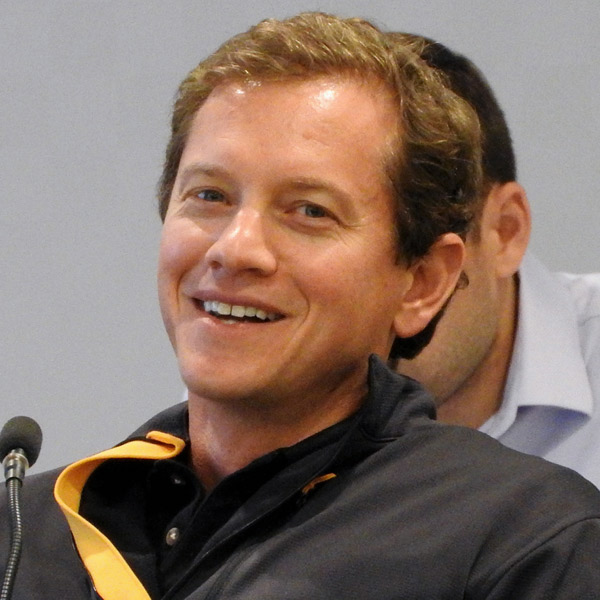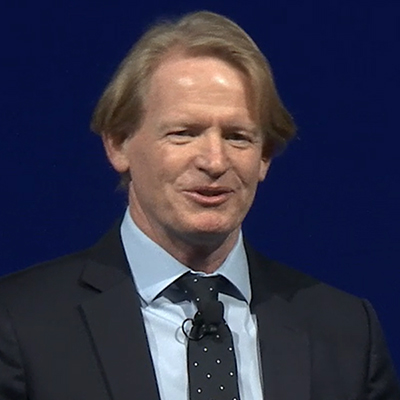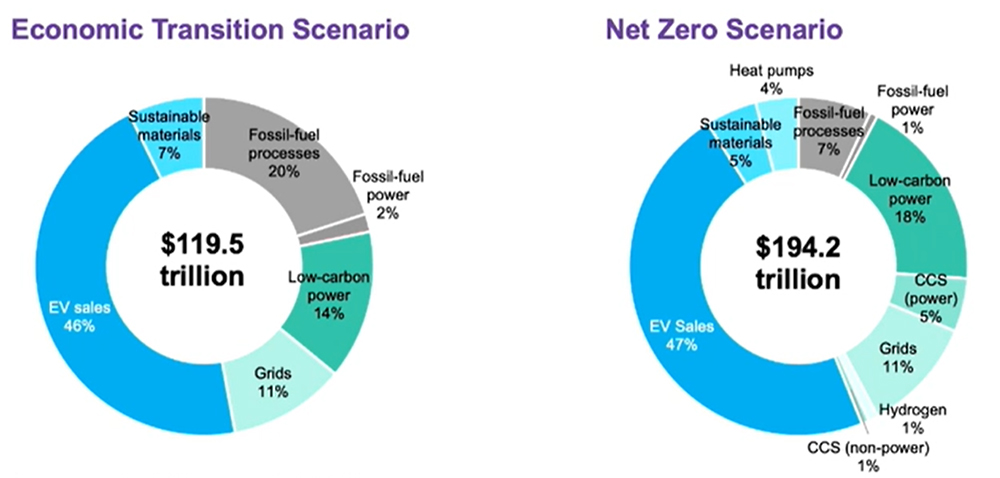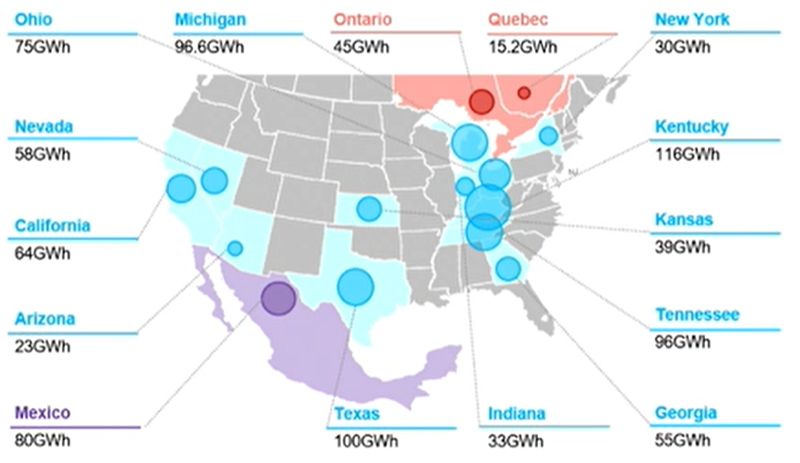VALLEY FORGE, Pa. — PJM’s Markets and Reliability Committee and Members Committee on Wednesday endorsed a proposal to change the RTO’s accreditation methodology for intermittent resources.
The proposal would revise PJM’s effective load-carrying capability (ELCC) methodology — used to determine the amount of capacity a resource can offer — to limit the hourly output entered in the modeling at the facility’s capacity interconnection rights (CIR) rating.
Currently CIRs are not considered in the ELCC process, but they are used downstream to cap accreditation. The result is that the ELCC value of intermittent resources is overstated and the CIRs that the resources had to purchase to support the ELCC value is understated, Independent Market Monitor Joe Bowring argued. PJM’s current practice of including hourly output above a resource’s CIR rating in its ELCC analysis when setting accreditation has been the source of much of the contention over the two years and is the subject of an ongoing complaint to FERC (EL23-13). (See Stakeholders Challenge PJM in Capacity Accreditation Talks.)
The changes were passed with more than 90% support at the MRC and 89% support at the MC. The PJM Board of Managers is set to consider them this Wednesday; if approved, PJM will file them with FERC the next day.
The provisions also include a transitional mechanism in which existing generators — including those still in development, but already holding interconnection service agreements (ISAs) — can apply for a portion of the available transmission headroom on the grid.
The proposal, submitted by PJM as “Package I,” was approved by the Planning Committee on Jan. 10. Other proposals considered, but ultimately rejected, by the PC would have immediately granted existing resources the CIRs they would be granted under the new system, while others would have required those generators to apply for new capacity ratings and re-enter the queue. (See PJM Planning Committee Endorses Capacity Accreditation for Renewables.)
Generators seeking transitional capacity must file a CIR uprate request during a 30-day window, which is currently set to open on Thursday. The transitional studies determining the amount of headroom that can be granted to resources would begin on March 3, to be completed by April 21.
LS Power Amendment Fails
An amendment to the proposal put forward by LS Power would have required that any resources granted access to transmission headroom through the transitional studies either utilize that allocation or relinquish it.
The company’s Tom Hoatson said the change is a logical outgrowth of stakeholders’ desire in forming the proposal to limit discrimination between resources and would prevent hoarding or the exercise of market power.
PJM CEO Manu Asthana noted the interaction between CIRs and ELCC has long been a divisive issue for stakeholders and said that he believes that rather than introducing an amendment as endorsement is being considered, it would be better to vote on the larger proposal and continue deliberations on headroom utilization separately.
“This is a topic that we’ve worked on for a long time. It’s been very contentious and hard fought to get to consensus,” he said.
Though he could understand the perspective of those who believe that the amendment was an extension of the proposal’s existing non-discrimination provisions, Asthana said he disagreed that the amendment fit into the intent of the package. He also worried that the language would function as a must-offer requirement.
Bowring said that it would be inefficient to have headroom allocated to generators that do not commit to using it and that it would not function as a de facto must-offer requirement — a provision he’s long pushed for. He stated that “the temporary headroom is a valuable product that is being assigned to some resources at zero cost. The failure to require that the recipients of the temporary headroom actually use it means that they are preventing other resources from using the headroom. Without attributing intent, this is a form of withholding that is not consistent with an efficient, competitive market outcome.
“I don’t think it’s an expansion of the must-offer. As much as I would like it to be that, it’s not that,” he said.
PJM staff said that the original text of the amendment would be difficult to implement and inaccurately referenced CIRs rather than transitional headroom. At Asthana’s recommendation, staff worked with Hoatson outside the room while the committee moved onto other agenda items, returning with a reworked amendment.
In objecting to the language’s presentation as an amendment, Manuel Esquivel of Enel North America said it appeared to be an overly constrained provision within a larger proposal, with a lot of moving parts and open questions. Even when a generator’s intent is to absolutely use the additional requested capacity, the dynamic nature of the transitional process may result in a particular generator ultimately not being able to use the headroom they sought.
He worried that the text would effectively function as a requirement that participating intermittent resources must offer into Base Residual Auctions (BRAs). Instead of creating such a requirement through an amendment, he said that should be part of the discussions at the Resource Adequacy Senior Task Force, which is currently engaged in considering changes to the capacity market.
“We’re not comfortable with establishing something akin to a must-offer requirement for all resources in a vacuum,” he said.
Because there was an objection to the text’s adoption as an amendment, it was instead presented as an alternative motion. And because stakeholders ultimately endorsed the main motion, they did not vote on the amendment.







